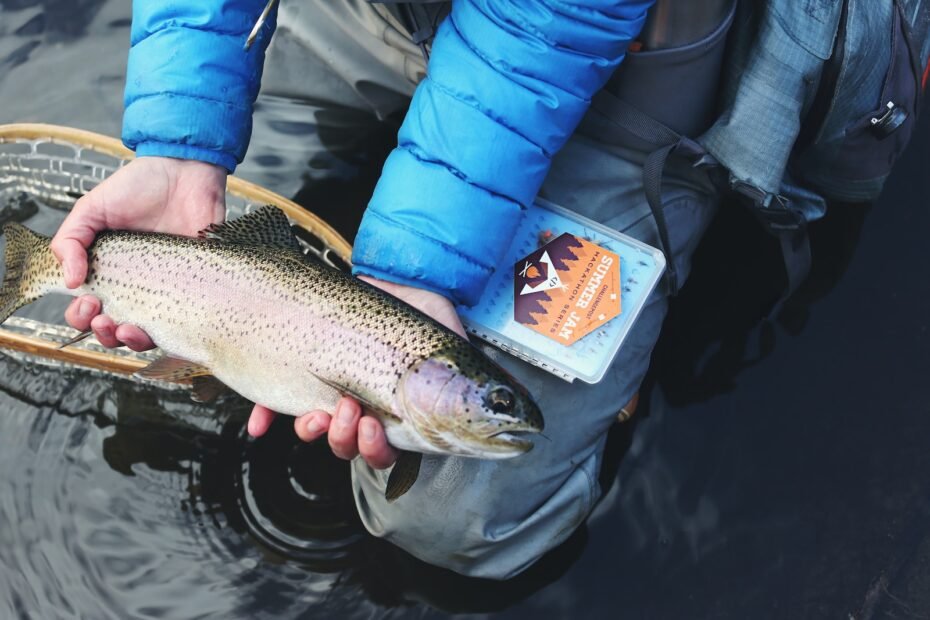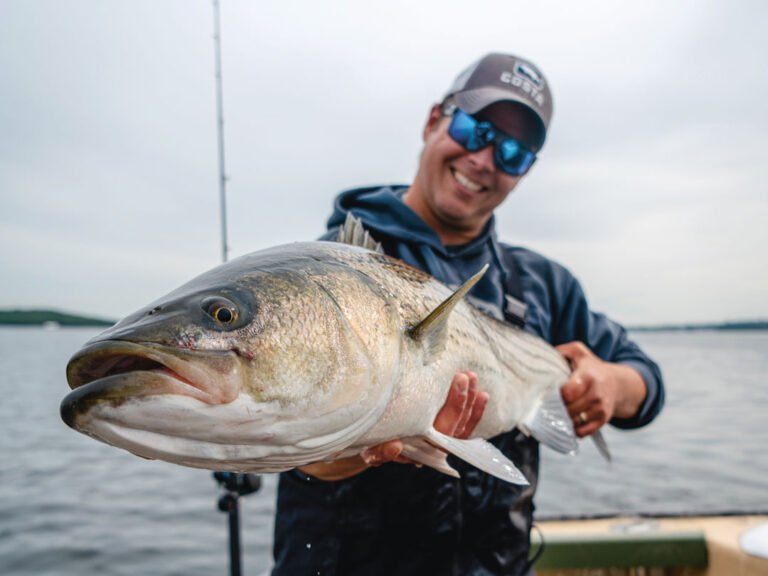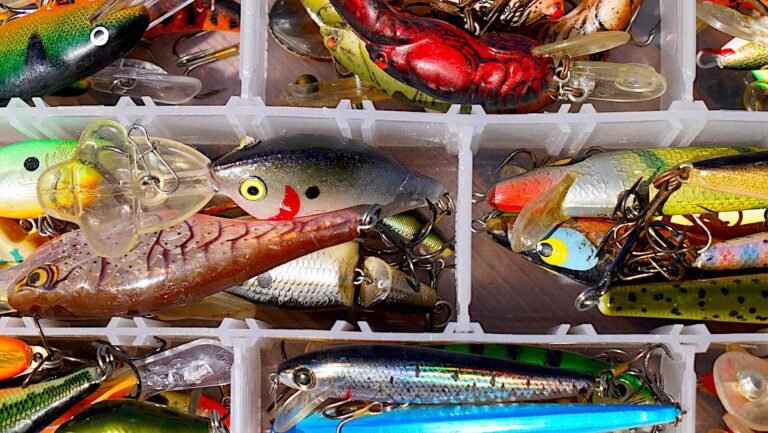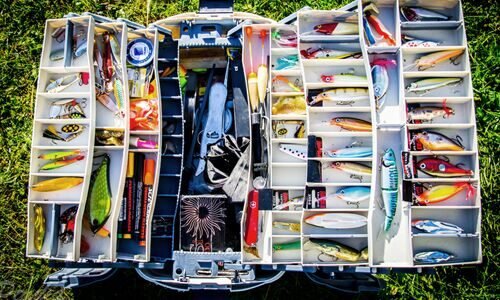Catch and Release: A Guide to Sustainable Fishing Practices
Hello fellow fishing enthusiasts! Are you as passionate about angling as I am? Then I suggest you hear what I have to say about catch and release – an ethical practice integral to sustainable fishing.
Introduction:
Brief Overview of Catch and Release Fishing
Catch and release fishing is exactly as it sounds; the practice involves returning caught fish back into their aquatic ecosystem so as to minimize impact on fish populations while enjoying our favorite pastime. When done right, catch and release allows us to continue enjoying fishing while having minimal environmental impact on fish populations.
Explanation of Sustainable Fishing
Sustainable fishing ensures that future generations can continue to experience the joys of angling. It involves not only protecting individual species, but also the balance of aquatic ecosystems as a whole – catch and release being one key piece in this greater conservation puzzle.
Understanding Catch and Release (CC&R):
Definition and Philosophy Behind Catch and Release
Catch and release is more than a set of techniques; it’s an entire philosophy. It demonstrates a deep respect for nature while acknowledging our responsibility toward protecting it. Catch-and-release fishing emphasizes thrill of the chase over size of catch, making recreational fishing practices even more effective than before.
Catch and Release as an Effective Conservation Measure
Catch and release is an integral component of fish conservation efforts, helping ensure healthy populations, maintain ecological equilibrium, protect endangered or vulnerable species and foster responsible angling activities – an integral aspect of sport fishing.
Studies on the Benefits of Catch and Release Studies reveal that when catch-and-release is practiced correctly, most fish survive, making this good news for anyone who loves fishing and wants to contribute in keeping our favorite fishing spots full of life.
When to Practice Catch and Release
Overview of Fishing Regulations Fishing regulations often mandate catch and release for certain species at certain times or years; so it’s wise to be informed of local regulations in order to fish responsibly.
Catch and Release Certain species such as bass, trout and certain varieties of salmon are particularly suitable for catch and release due to their resilience; however, any non-food fish should also be released.
Ethical Considerations and Decisions in Catch and Release
Catch and release isn’t just about following rules; it also involves making ethical decisions. Sometimes even though keeping a fish is legal, sometimes releasing it would be the more responsible option, such as pregnant or rare species fish.
Techniques for Successful Catch and Release:
Select the Appropriate Gear
Finding the ideal equipment can make all the difference in catch and release fishing. Circle hooks tend to be recommended over J hooks because they reduce risk of serious injury to fish. Furthermore, rubber nets tend to be less damaging compared to traditional nets.
Proper Handling of Fish
When practising catch and release, it’s essential to reduce stress and physical damage to the fish. Wet your hands before handling them to preserve their protective slime coating. Keep in mind that fish don’t adapt well to land’s gravitational forces, so always hold them horizontally rather than vertically.
Reviving and Releasing the Fish Before releasing a fish back into its environment, be sure to assess its condition first. If it appears exhausted or struggling to swim, help it regain strength by holding it gently in the water with one hand while gently moving its tail so water flows over its gills. After it seems ready, set it free into its journey back home on its own.
Catch and Release as an Effective Conservation Measure
Education Others About Catch and Release Awareness Is Key for Sustainable Fishing Increased awareness about sustainable fishing is the cornerstone of change; as more anglers understand about catch-and-release practices and their benefits, more likely they will adopt these practices themselves.
How to Engage the Angling Community in Catch and Release Practices
The fishing community plays an integral part in supporting catch and release practices. From sharing personal experiences, organizing workshops or advocating for responsible practices at local fishing clubs – every effort counts!
Utilising Social Media and Local Fishing Clubs to Encourage Catch and Release
Social media can be an invaluable asset when it comes to encouraging catch and release fishing practices. By sharing our catch-and-release stories online, we can inspire other anglers and bring awareness of the advantages of sustainable fishing.
Conclusion
Catch and release fishing is a rewarding way to engage with nature while simultaneously safeguarding fish populations that we value as anglers and being good stewards of our environments. When out on the water next time, consider adopting catch and release practices into your fishing practices in order to benefit both yourself, fish species, and ecosystems where these ecosystems reside.
FAQ’s:
What is catch and release fishing?
Catch and release fishing involves carefully returning caught fish back into the water after you catch them to ensure that it survives.
Why is Catch and Release Important?
Catch and release fishing is vital to protecting fish populations and maintaining aquatic ecosystems – an essential component of sustainable fishing practices.
How should I release a fish properly?
For best results, handle it using wet hands so as to not damage its protective slime layer and hold it horizontally while gently helping it regain strength in the water before setting it free to swim away.
What fishing gear should be used when catch and releasing?
Circle hooks and rubber nets are often recommended as these will cause less injury to fish during release.
How can I promote catch and release?
You can promote catch and release by sharing your experiences, educating other anglers, advocating for catch and release in local fishing clubs, and spreading awareness via social media.







